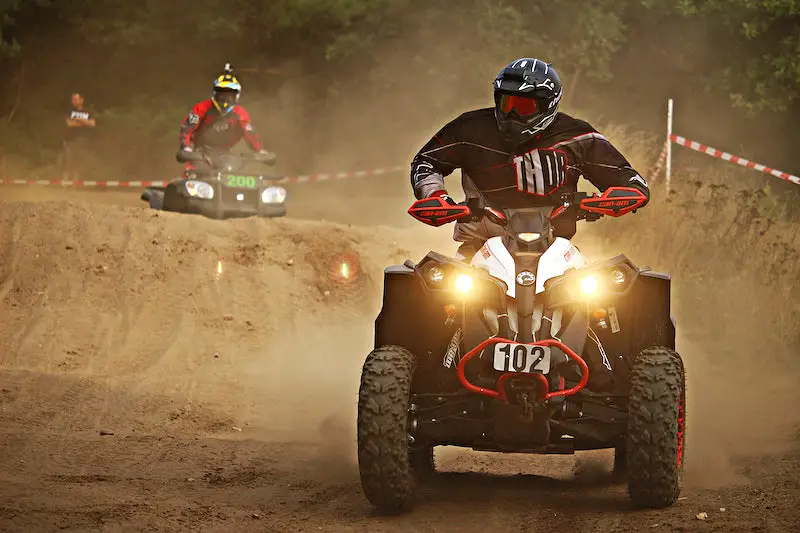
Whether you’re an experienced ATV enthusiast or just getting into the sport, it’s important to understand when and how to use stabilizer for your ride. Knowing when and how to use stabilizer can help ensure a smooth and safe ride. Let’s take a look at what you need to know about using stabilizer for your ATV.
Types of Stabilizers
The most common type of stabilizer is the aftermarket front-end dampener, which reduces the amount of bounce that comes from riding over rough terrain. This type of stabilizer absorbs the shock from bumps and jumps, providing more control and better handling on rough surfaces. It also helps reduce fatigue by reducing vibration in the handlebars and steering wheel while riding. If you plan on taking your ATV off-roading or doing any kind of stunts, this type of stabilizer is essential.
Another type of stabilizer is an aftermarket rear-end dampener which works similarly to the front-end dampener but works on the rear end instead. This type of stabilizer helps reduce wheel hop, allowing for more precise cornering, better traction control, and improved acceleration out of corners. This type is especially helpful if you plan on doing any serious off-roading with your ATV as it allows for more precise control when navigating tight trails or steep inclines/declines.
Installation and Maintenance
Installing a stabilizer is relatively simple, though some models may require more complex installation methods than others so be sure to consult the instructions carefully before beginning any project. Generally speaking, installing a dampener should only take about 30 minutes with basic hand tools such as wrenches and socket sets. Once installed, your dampener will require regular maintenance in order to remain effective; this includes periodically checking all bolts for tightness as well as lubricating moving parts such as bushings or bearings if necessary. Additionally, be sure to inspect your dampener regularly for signs of wear or damage so it can be replaced if needed before it fails completely.
Stabilizers are an essential part of owning an ATV whether you plan on taking it off-road or simply using it around town. The right stabilizer will provide better handling and increased safety while riding over rough terrain while also reducing fatigue due to vibration in the handlebars and steering wheel while driving. Installing a dampener is relatively straightforward but requires regular maintenance in order to remain effective; be sure to inspect all bolts regularly as well as lubricate moving parts if necessary in order to keep your ride running smoothly and safely!

